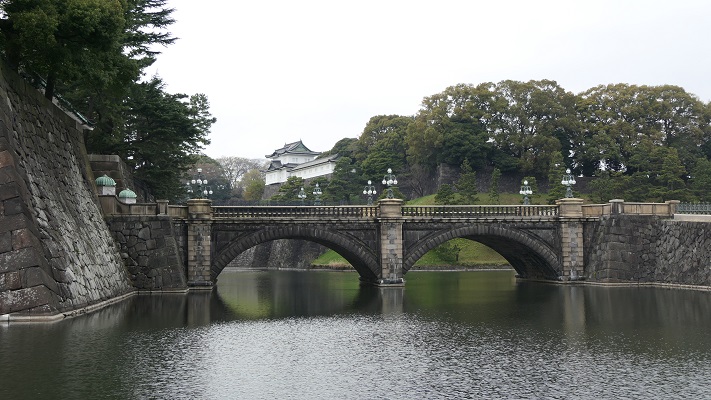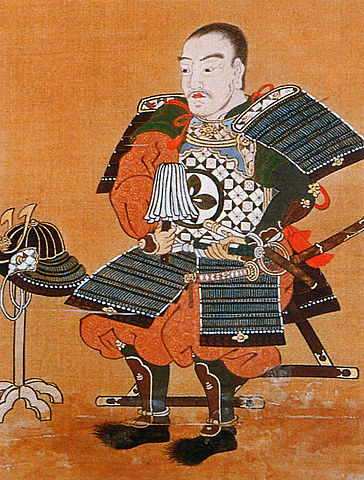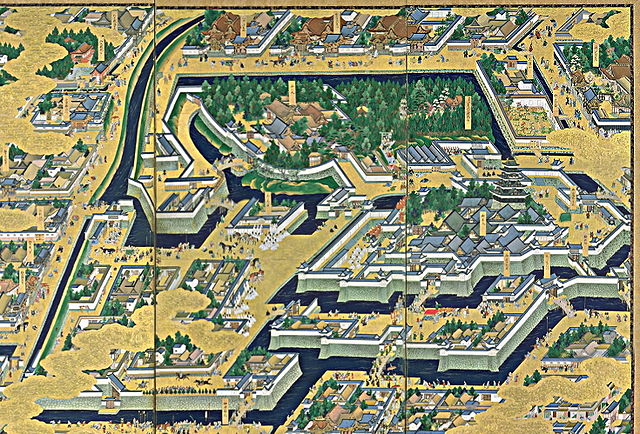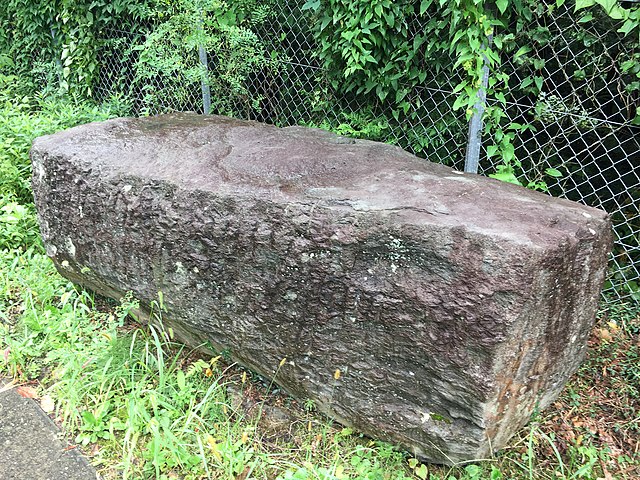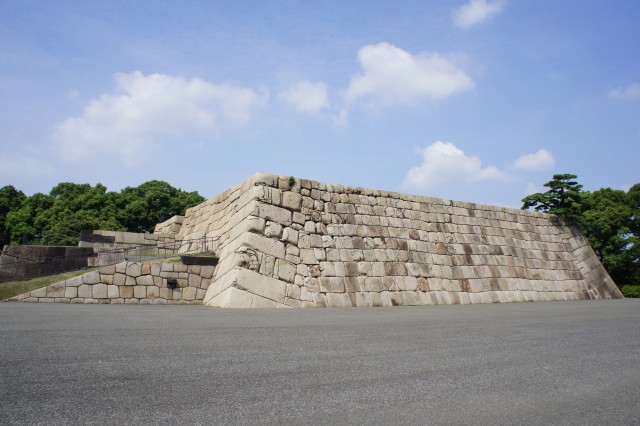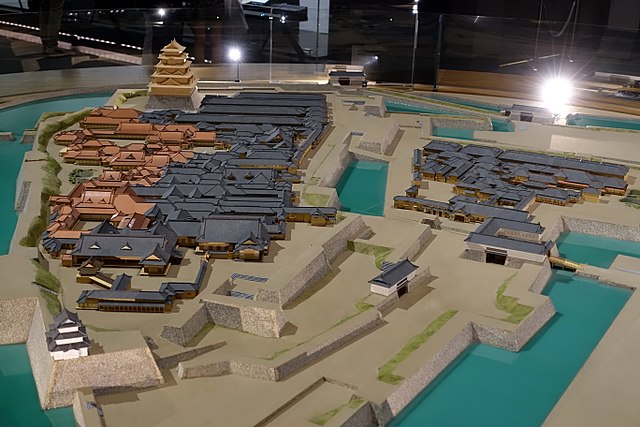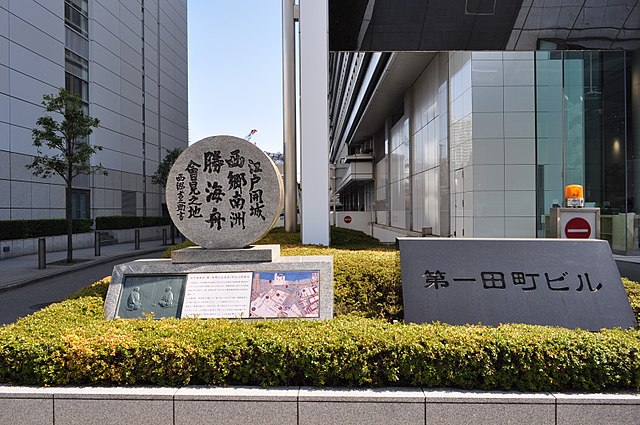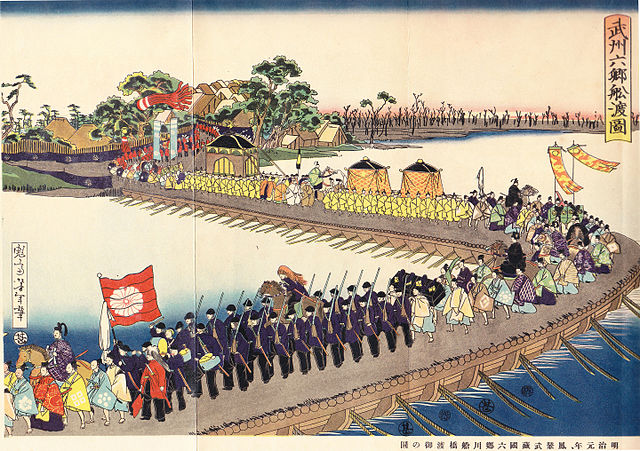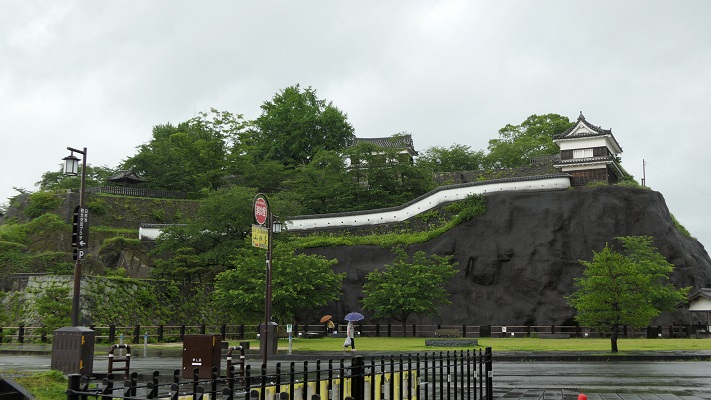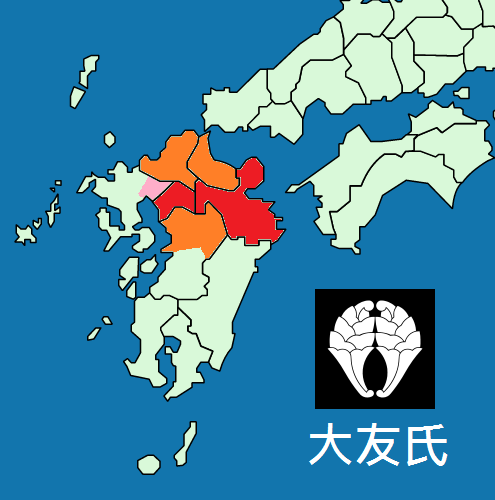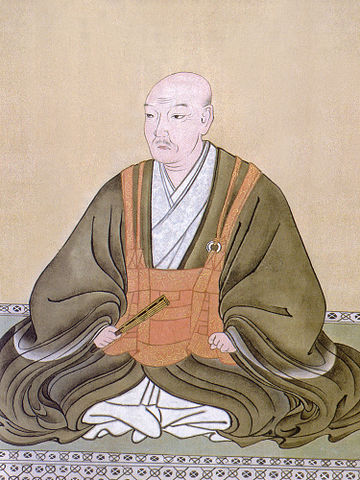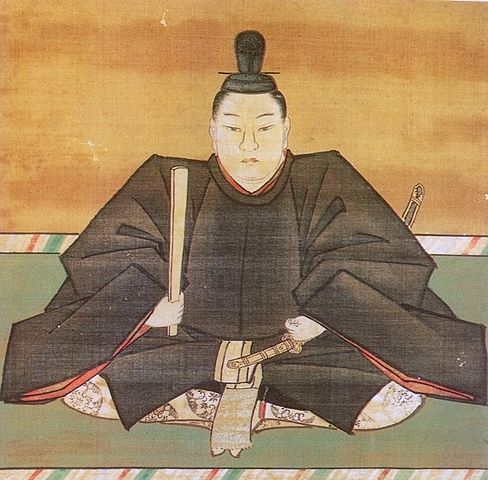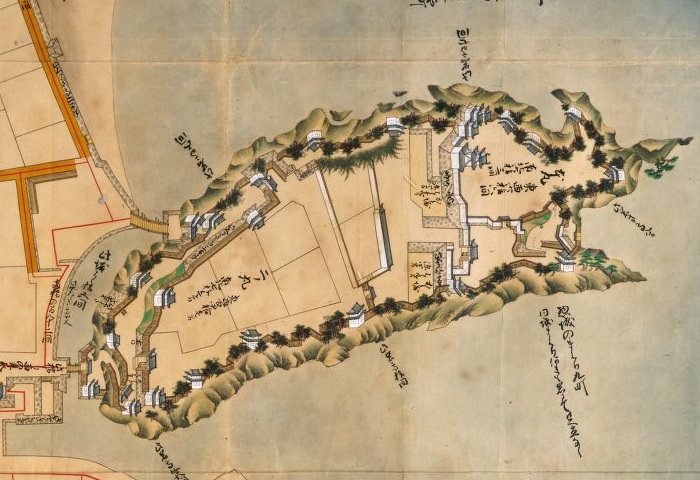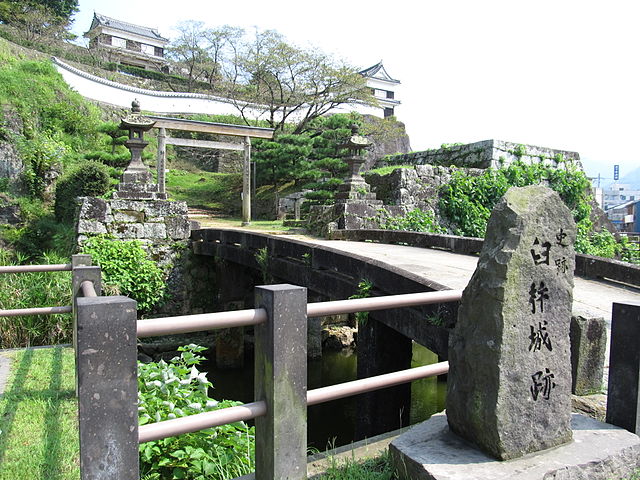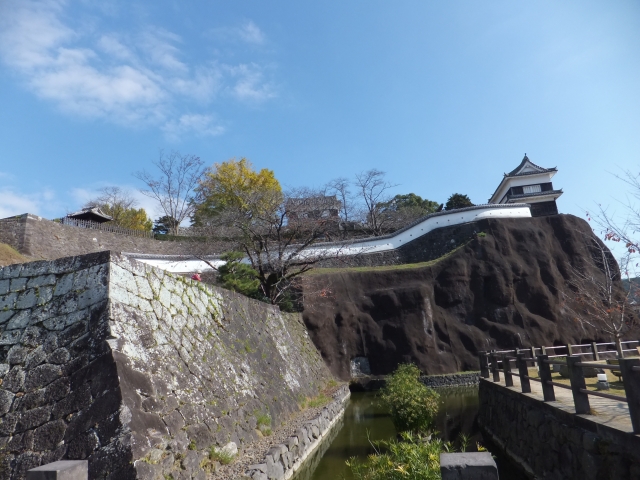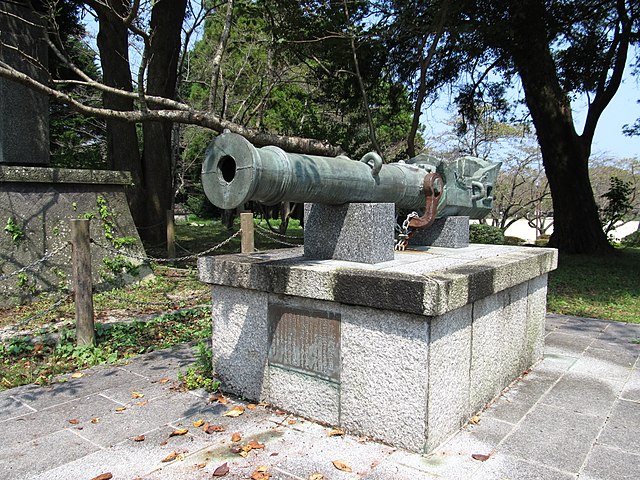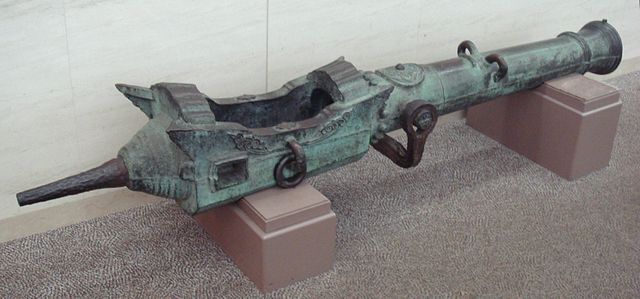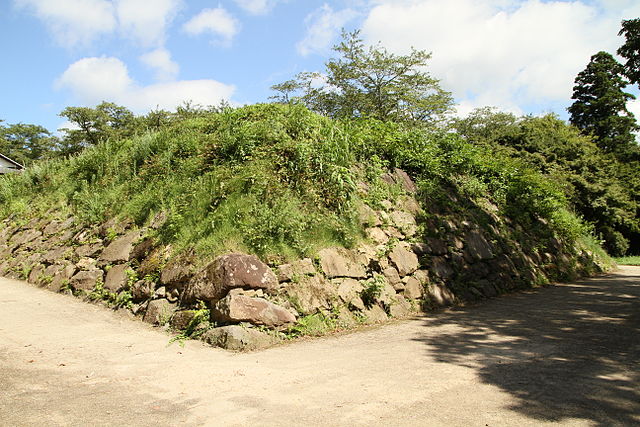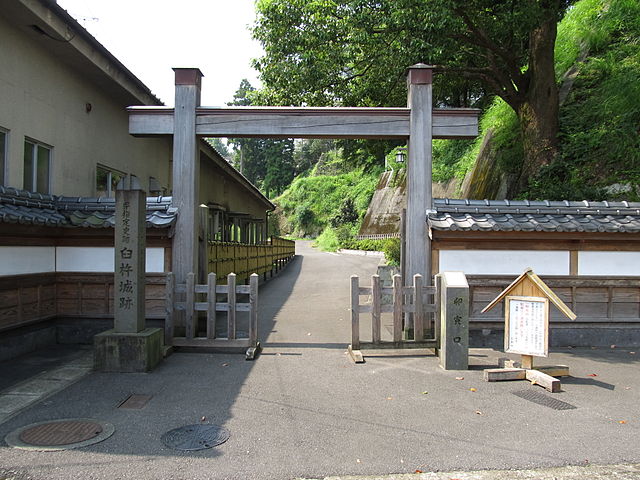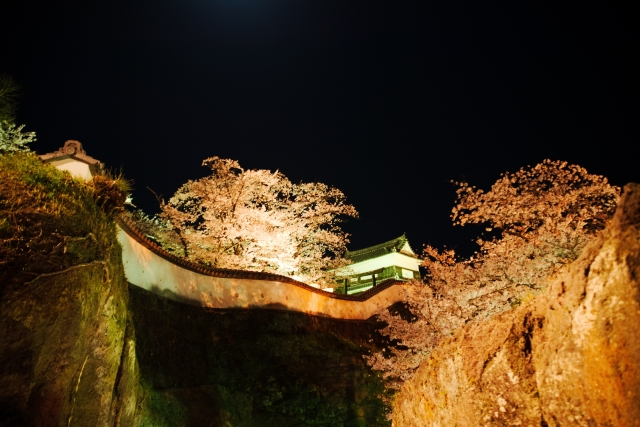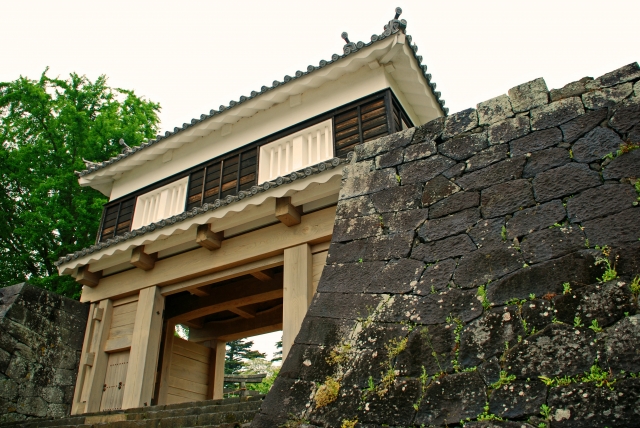改革は困窮から生まれました。
The innovation came from poverty.
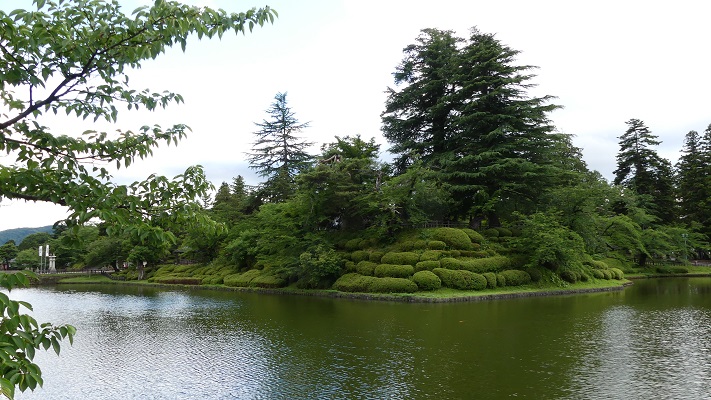
米沢城は、山形県南部の米沢盆地に位置していました。城は平地の上で三重の堀に囲まれていました。この城は最初は大江氏によって築かれたと言われていますが、戦国時代の伊達氏の居城として有名です。最終的には、この城は越後国(現在の新潟県)から移ってきた上杉氏の所有となりました。
Yonezawa Castle was located on the Yonezawa Basin in the southern part of Yamagata Pref. It was surrounded by water moats tripled on a plane area. It is said that the Ohe clan first built the castle, but it is famous for the Date clan’s home in the Warring States Period. Finally, the castle belonged to the Uesugi clan that transferred from Echigo Province (now Niigata Pref.).
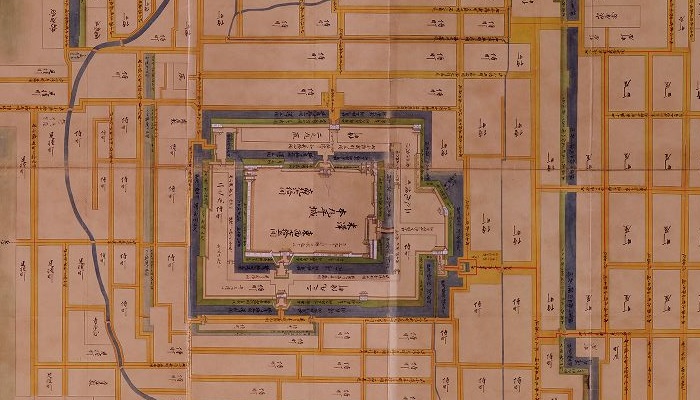
上杉氏は最初、豊臣氏の統治の下では120万石を領有していました。江戸時代になって、上杉氏の米沢藩の石高は15万石まで減少しました。徳川幕府により当初の8分の1まで減らされたのは、関ヶ原の戦いでの敗戦と、相続の不手際によるものでした。藩は困窮に陥りました。藩士の数を120万石の時のままにしていたからです。江戸中期までに藩士の俸禄は半分にカットされました。農民の数は減り続け、人々の間には浪費をし、怠ける風潮が蔓延しました。
Uesugi clan first earned a fief of 1.2 million koku of rice during the Toyotomi clan’s governance. In the Edo Period, the earning of Yonezawa Domain of the clan decreased to 0.15 million koku. One eighth of the first by the Tokugawa Shogunate was due to the defeat in the Battle of Sekigahara and the mismanagement of inheritance. They were reduced to poverty because they had kept the number of warriors to 1.2 million koku. By mid Edo Period, warriors’ salaries were cut in half. The population of farmers was decreasing, people became lazy just using money.
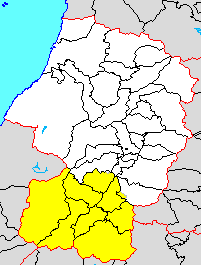
1767年に上杉鷹山が米沢藩の10代目の藩主として登場しました。彼は藩の改革を開始しました。中国古代の伝説上の聖人を理想としながらも、様々な実用的な学問を基にした政策を推し進めたのです。彼自身は倹約しましたが、農業、工芸、繊維業といった産業を振興しました。彼はまた有名な学者を招き、女性を含む民衆の教育を進めました。一定の条件が整えば、子供や高齢者には褒賞金も支給されたのです。
Yozan Uesugi rose as the 10th lord of Yonezawa Domain in 1767. He started the innovation of the domain, pursuing the governance of ancient legendary Chinese saints, and promoted his policies based on mixed practical learning. He saved expense for himself, but increased industries in the domain such as agriculture, crafts and textile. He also let people including women educated by invited famous scholars. Children and elders were provided a bonus under certain regulation.

鷹山は、「富国安民」という、国が豊かになり、人々が安心して暮らせる状態の実現を目指しました。彼の統治は当時からよく知られていたのですが、明治時代の指導者たちでさえ米沢の産業の振興ぶりに驚いているほどです。例えば、帝人は米沢が発祥の繊維会社です。第35代アメリカ大統領のジョン・F・ケネディも鷹山を尊敬していたと言われています。ケネディの娘、キャロラインは米国大使として2014年に米沢市を訪問し、そのことを述べています。
Yozan aimed to reach the state of national wealth and people living in peace called “Fukoku-Anmin”. While his governance got well-known from that time, leaders in the Meiji Era were still surprised the rise in industry in Yonezawa. For example, Teijin is a textile company that comes from this city. It is said that even the 35th U.S. president John F. Kennedy respected Yozan. His daughter Caroline Kennedy, the U.S. ambassador to Japan, visited Yonezawa City in 2014 and mentioned that.
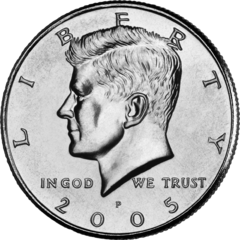
特徴~Features
現在、本丸の跡地が上杉神社を含む松が岬公園として残っています。そこには城の建物はありませんし、堀には高い石垣もありませんので、地味な印象を受けるかもしれません。その替わりにこの地には多くの歴史的文化的遺産があります。
Now, the ruins of the main enclosure “Honmaru” remain as Matsugasaki Park including Uesugi Shrine. They may have a quiet impression because there is no buildings for castle and the moat don’t have high stone walls. Instead, the site has many historical and cultural properties.
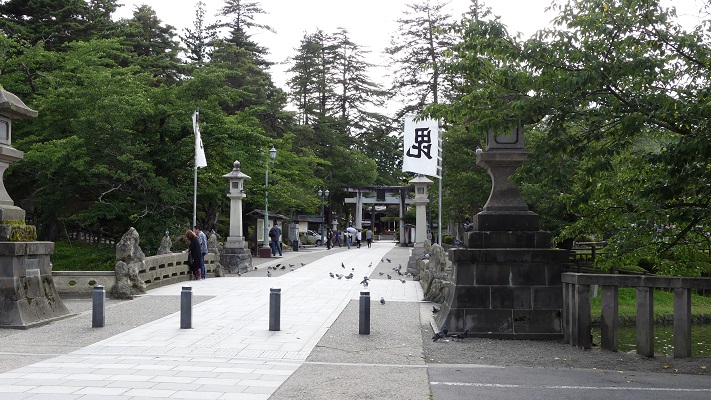
そのうちの一つは上杉氏の遺産です。米沢市上杉博物館では、洛中洛外図屏風(上杉本)を見ることができます。この屏風は有力な戦国大名織田信長から、上杉氏の始祖である上杉謙信に送られたものです。上杉神社の宝物館、稽照殿では謙信など上杉氏の実物の甲冑も見ることができます。
One of them is about Uesugi clan’s heritage. You can see the Folding Screens of Scenes in and around Kyoto (Uesugi Version) at Yonezawa City Uesugi Museum. They were sent to Kenshin Uesugi, the founder of the clan by a great warlord Nobunaga Oda. You can also see original armors of the clan such as Kenshin at Keishoden Museum of Uesugi shrine.
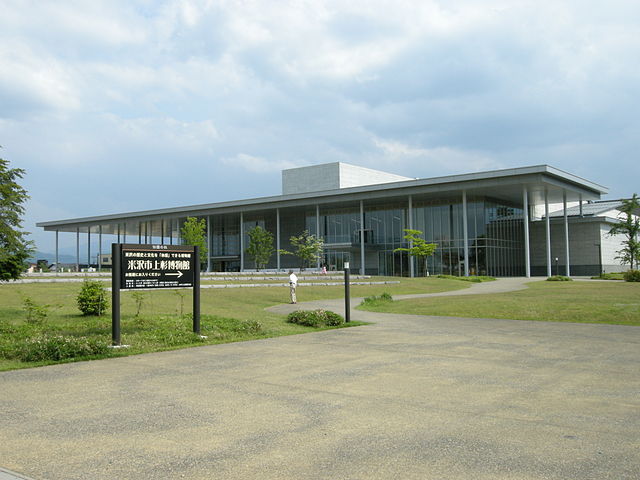

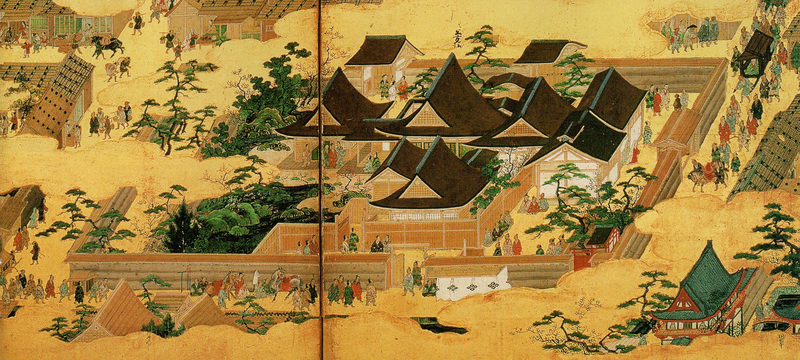
もう一つの見ものは上杉鷹山に関するものです。上杉博物館では彼の考えや治績について学ぶことができます。民衆を指導するための彼の自筆書簡を見ることもできます。そして、本丸には謙信を祀った祠堂の跡があります。ここは城の中で一番高く、最も重要な地点でした。鷹山は、飢饉のときここで人々の繁栄のために祈りを捧げたといいます。他には本丸の手前に鷹山が祭られている松が岬神社があります。そこには鷹山の銅像と、キャロライン訪問の記念碑があります。
Another attraction is about Yozan Uesugi. You can learn about his ideas and governance in the Uesugi Museum. His autograph letters that instructed people can also been seen there. There is the ruins of the ancestral hall for Kenshin in Honmaru, which was the highest ,most important spot in the castle. This is where Yozan pray for people’s prosperity during famines. There is also Matsugasaki Shrine in front of Honmaru, where Yozan is enshrined. You can see the statue of Yozan, and the monument of Caroline’s visit.

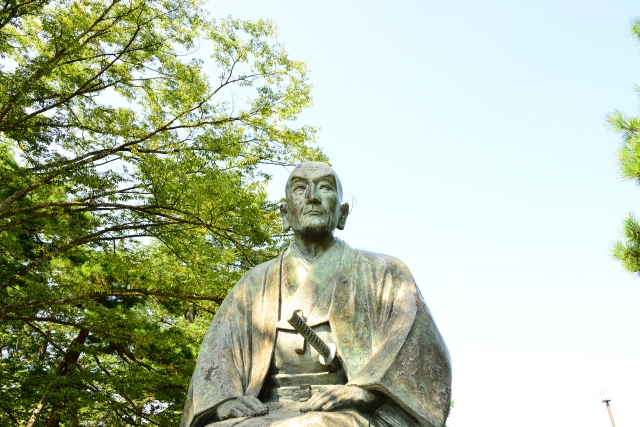
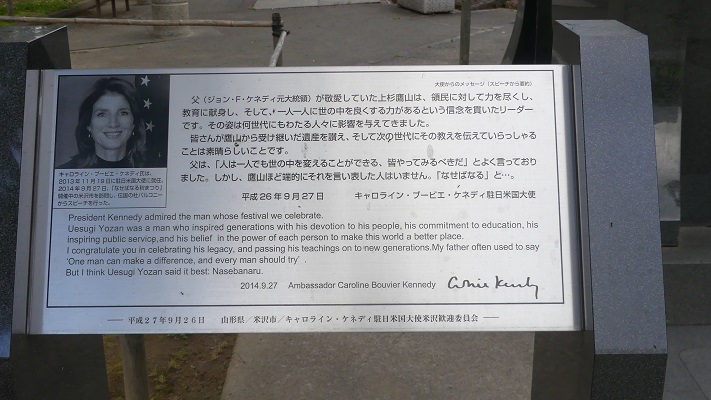
その後~Later Life
明治維新後、米沢城は1874年に松が岬公園となりました。城の建物は撤去され、代わりに公園内に上杉神社が設立されました。1919年の米沢大火により神社は焼けてしまい、現在の神社の社殿は1923年に再建されたものです。
After the Meiji Restoration, Yonezawa Castle was turned into Matsugasaki Park in 1874. The buildings of the castle were demolished and Uesugi Shrine was established in the park instead. The 1919 Yonezawa Great Fire burned down the shrine. The present shrine buildings were rebuilt in 1923.
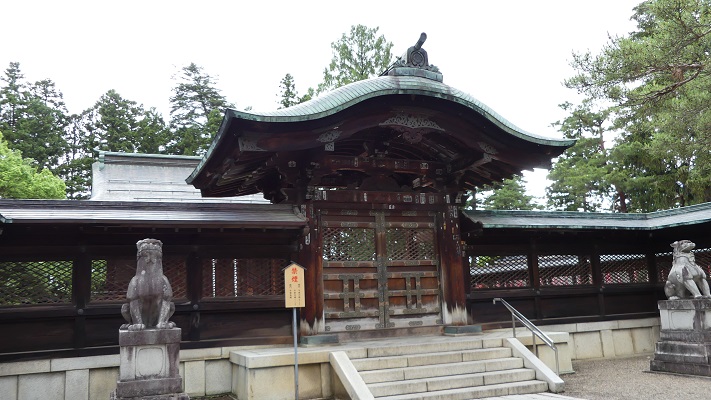
私の感想~My Impression
米沢城が地味な印象なのは、米沢藩の困窮からなのか、それともそれが方針だったのでしょうか。いずれにせよ、城がシンプルであるほど、上杉鷹山のメッセージが際立つような気がします。上杉神社にはもう一体の彼の銅像とともに、最も有名な格言を刻む石碑があります。「なせば成る」と。
the reason why the castle has a simple impression is because it comes from poverty or policy of Yonezawa Domain. Anyway, I think that the more simple the castle is, the clearer the message from Yozan Uesugi is. The monument of his most famous message is with his other statue in Uesugi Shrine. It’s “Naseba-Naru” which means “Where there is a will, there is a way.”
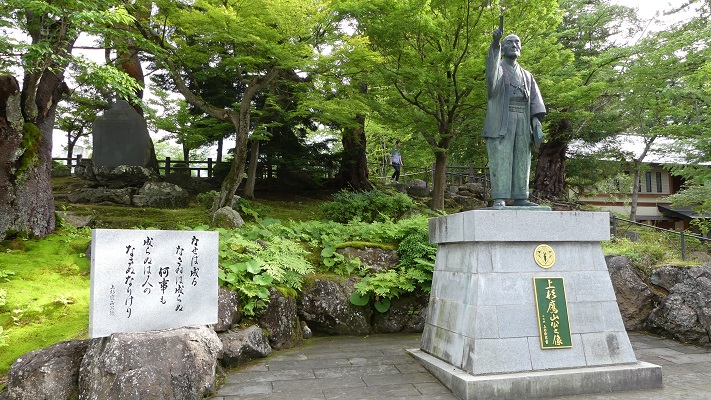
ここに行くには~How to get There
車で行く場合:東北中央自動車道米沢八幡原IC、米沢中央IC、または米沢北ICから10~15分かかります。城跡の周りにいくつか駐車場があります。
米沢駅からバスで行く場合:米沢駅西口バスターミナルから、米沢市街地循環バス(循環右回り)または山交バス(白布温泉行き)に乗り、上杉神社前バス停で降りてください。
東京から米沢駅まで:山形新幹線に乗ってください。
If you want to go there by car: It takes about 10 to 15 minutes from the Yonezawa-Hachimanpara IC, Yonezawa-Chuo IC or Yonezawa-Kita IC on Tohoku-Chuo Expressway. There are several parking lots around the ruins.
If you want to go there by bus from Yonezawa station: Take the Yonezawa citizen bus (city area circulation route-clockwise) or the Yamako bus bound for Shirabu-Onsen at the Yonezawa station west entrance bus terminal, and take off at the Uesugi-Jinja-Mae bus stop.
From Tokyo to Yonezawa st.: Take the Yamagata Shinkansen super express.
リンク、参考情報~Links and References
・米沢観光ナビ~Yonezawa Sightseeing Navigation site
・「上杉鷹山と米沢 (人をあるく)/小関悠一郎著」吉川弘文館(Japanese Book)

